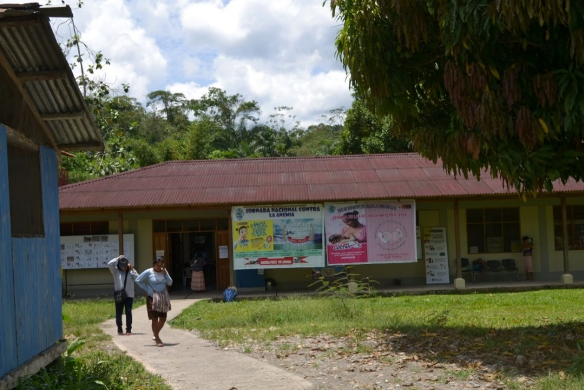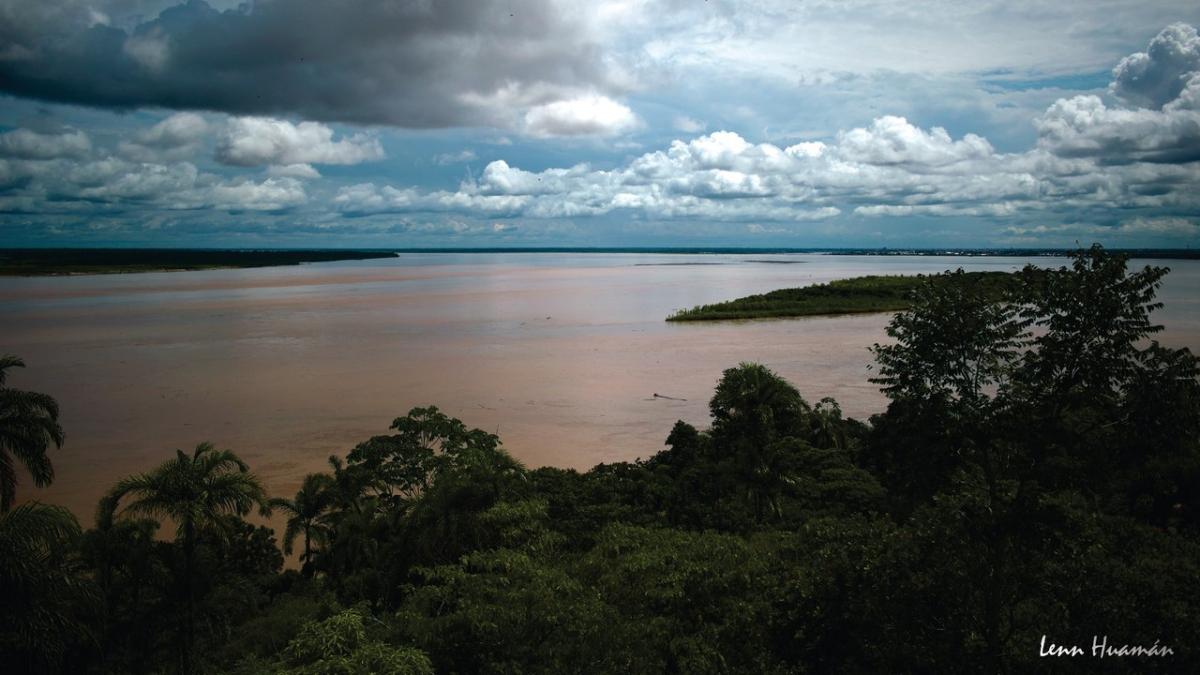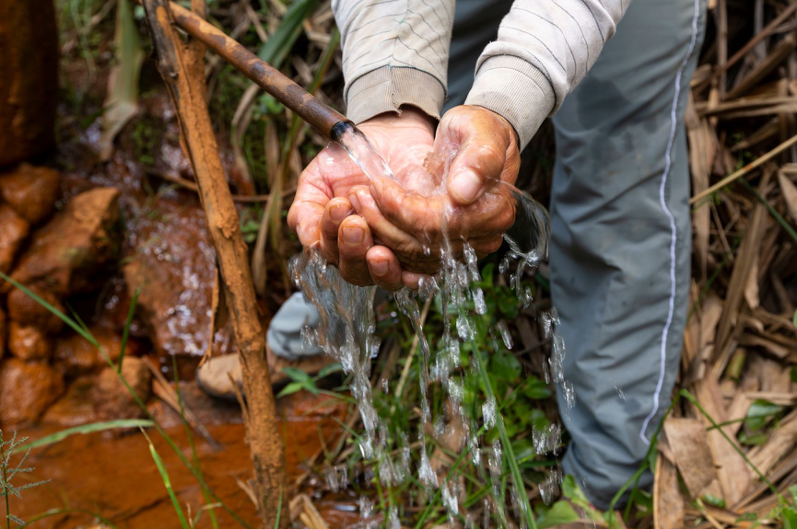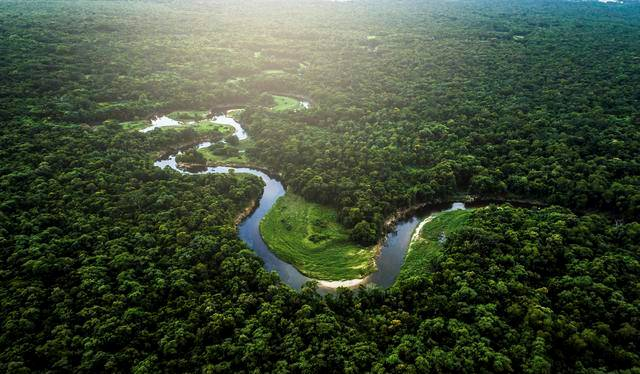Conservation, Economic Reactivation and COVID-19 in Peruvian Amazon Indigenous Communities
CEESP News: by Ana Watson & Conny Davidsen, University of Calgary. Department of Geography - Environmental Governance Research Group. University of Calgary*
The COVID-19 crisis calls us to critically analyze the role of the state in extraction and conservation projects in indigenous territories in the Amazon. Indigenous peoples are demanding that their cultural diversity, which is intimately related to their biodiversity, not be neglected as today it faces a new challenge.
During the COVID -19 crisis, indigenous peoples in the Amazon remind us that the Amazon forest is not only an ecological habitat with a wealth of natural resources and biological diversity, but also a social, cultural, and political space. On May 4, the Interethnic Association for the Development of the Peruvian Forest (AIDESEP), publicly alerted that some productive sectors considered essential by the Peruvian government during the reactivation include activities developed in their territories, such as the extraction of hydrocarbons, forest industries, and agricultural services like oil palm and cocoa plantations, among others (AIDESEP, 2020a).
Weeks earlier, AIDESEP had already denounced the United Nations of insufficient Amazonian pandemic care planning and the threat to their rights (AIDESEP, 2020b). In addition to the potential environmental impacts, it highlights the new threat posed by COVID-19 in their communities with limited access to basic services such as drinking water, electricity, medicines, hospitals, testing for COVID-19, among others. Although there are no official data for indigenous populations, the Amazon Center for Anthropology and Practical Application estimated on May 1 that there were 3,217 confirmed cases of COVID in the Peruvian Amazon and 206 deaths (CAAAP, 2020a), on May 13 there were 4,807 confirmed cases and 245 deaths (CAAAP, 2020b).
 Photo: Ana Watson
Photo: Ana Watson
This is not the first time that indigenous communities in Peru have demanded to be heard and included in government plans and decision-making on their territories. Over the past decades, the country has seen various social protests for the recognition of indigenous territorial rights, especially given the rapid expansion of extractive activities in their territories.
In Peru, an approach focused on territorial environmental planning has been considered a possible solution to the socio-environmental problems; however, related policies and initiatives remain weak. Land titling of indigenous' territories, in those who can access it, is not sufficient in practice to decolonize the dominant view of the Amazon forest (Acuña, 2015; Bryan, 2012; Halvorsen, Mançano Fernandes, & Valeria Torres, 2019; Inter-American Commission on Human Rights, 2009; Stetson, 2012). Corporate social responsibility and good practices from some companies do not seem to be enough to reconcile environmental and social claims in indigenous territories (Banerjee, 2008; Frederiksen & Himley, 2020; Haalboom, 2012; Himley, 2014; Rodhouse & Vanclay, 2016).
 Photo: Ana Watson
Photo: Ana Watson
Other actors are rising to prominence. For example, the Catholic Church in Loreto (Peru), which has long been a key actor in the Peruvian Amazon, only required 24 hours to mobilize resources to build an oxygen plant that the city urgently needed (García Blasco, 2020). This was a stark contrast to the lack of response from the regional government. Furthermore, indigenous communities and residents themselves have been closing the rivers and roads to curb the spread of the virus. They also wonder what it will be like when activities and trade resume in their territories. With the hashtags #EmergenciaIndígena (Indigenous Emergency) and #YoMeQuedoEnMiComunidad (I’m staying in my community) the Regional Organization of Indigenous Peoples of the East (ORPIO) reported the COVID-19-related deaths of five indigenous people through social media. ORPIO is also trying to disseminate measures to prevent the spread of the disease in the communities.
COVID-19 measures around the world have been drawing a lot of attention to ways of understanding, perceiving, and living space in densely populated urban centers. As the pandemic travels to every corner of the world, we should also remember to listen to, and respect, indigenous views of the primary and multiple roles of their territories for their life.
If the crisis forces us to critically rethink space, perhaps we also need to think about how this could be done inclusively. Indigenous territories and their forests should not only be viewed as a container for extractive, biological, cultural, social, or political processes. Intercultural and inclusive approaches tell us about acting based on the understanding, respect, and true participation of indigenous peoples. This involves a collaborative framework and a joint effort of different sectors (academic, private, state, NGOs among others) where indigenous peoples and their interest are at the center, not on the periphery, of actions.
To find out more::
Watson, A; Davidsen, C. "Reactivación Económica y una Pandemia en Comunidades Indígenas Amazónicas Peruanas". Latin America Geography Blog, Royal Geographical Society - Instituto de Geógrafos Británicos, grupo de trabajo sobre América Latina. Mayo de 2020
* About the authors:
Ana Watson. PhD Candidate, Department of Geography, University of Calgary. Her doctoral research is focused on the political ecology of natural gas extraction in the Amazon.
Conny Davidsen. Associate Professor, Department of Geography, University of Calgary. Her research centers on the political process behind changing environmental governance related to forests, energy, climate and conservation, with a particular focus on indigenous rights and local livelihoods.




